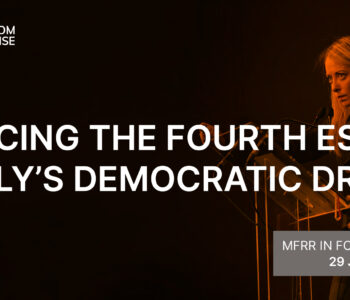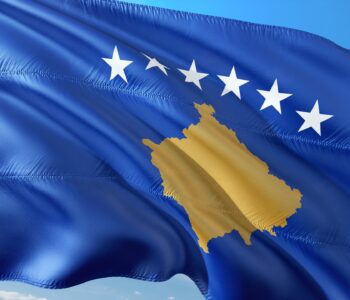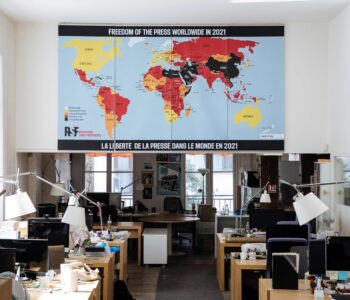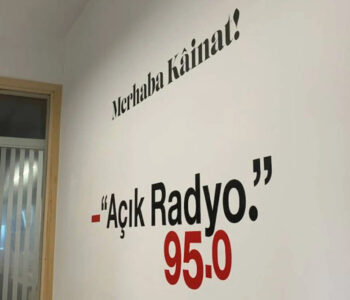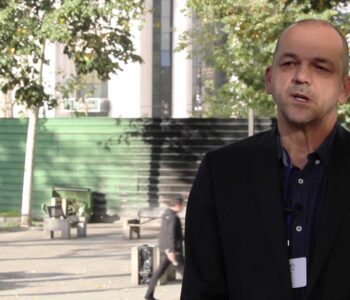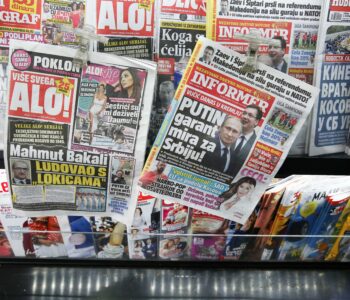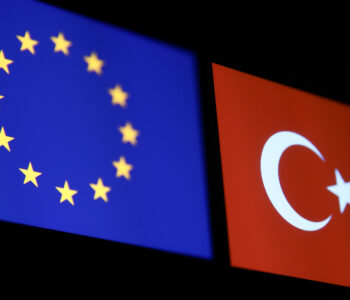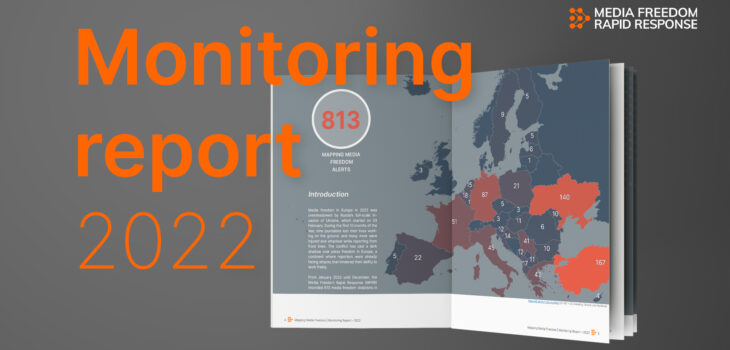
MFRR Monitoring Report 2022
The Media Freedom Rapid Response (MFRR) has published the latest edition of its annual Monitoring Report, outlining the state of press freedom throughout Europe in 2022. This year, the MFRR recorded 813 media freedom violations in EU Member States and candidate countries.
The Monitoring Report – produced by the European Centre for Press and Media Freedom (ECPMF), the European Federation of Journalists (EFJ), and the International Press Institute (IPI) as part of the MFRR – gathers and analyses all media freedom violations recorded on Mapping Media Freedom throughout the year 2022.
The report is divided into the following chapters: an overview offering data and graphics about the press freedom situation in the EU and candidate countries in 2022, four thematic sections with quantitative and qualitative analysis regarding the aforementioned topics, and country reports offering a summary of the most relevant threats in the following EU countries: Belgium, Estonia, France, Germany, Greece, Hungary, Italy, Poland, Spain, and Sweden; and in the following candidate countries: Albania, North Macedonia, Serbia, and Turkey.
You can download the report in full using the button below or keep reading for an overview of the 2022 edition.
Throughout 2022, 813 media freedom violations were recorded in EU Member States and candidate countries, involving 1,339 individuals or media outlets. This marks an increase from 654 in 2021, although it must be noted that Ukraine and Moldova were not included in the previous year’s analysis.
EU Member States
In the EU Member States, verbal attacks were the main type of incident (involving 42.4% of all alerts) – such as intimidation and threats (24.6%) or insults (13.3%) – followed by legal attacks (27.2%). After legal incidents, physical attacks were the third most common type of attack against journalists and media workers in the EU (20.5%), followed by attacks to property (15.7%), and censorship incidents, which rose from 8.6% of the total attacks in 2021 to 14.5% in 2022.
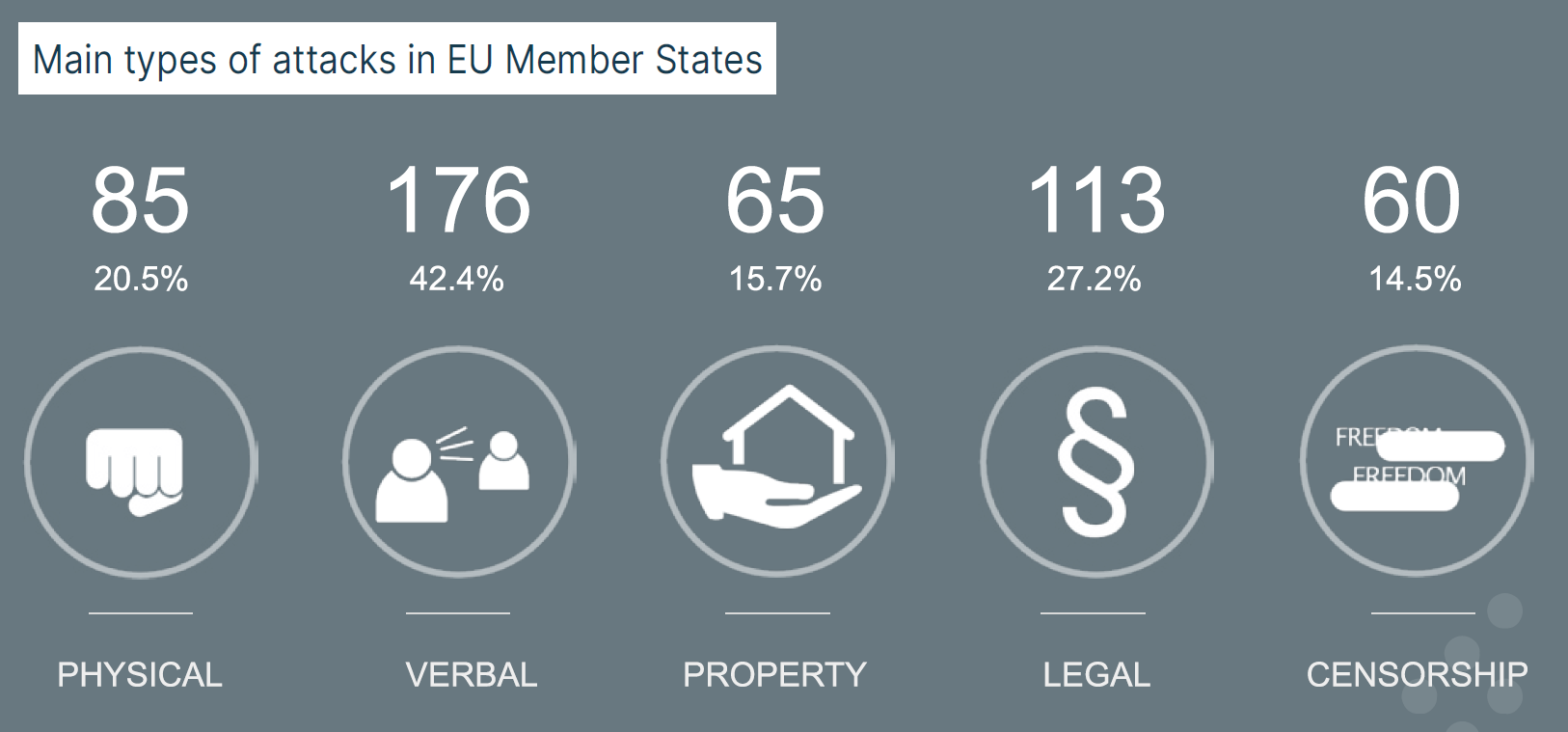
Private individuals remained the main perpetrators of attacks against journalists in the EU (37.8% of cases), representing a decrease from 50% of cases in 2021. Government and public officials were the second most common source of attacks (17.1%), followed by police and state security (11.3%).
In terms of contexts in which the violations occurred, attacks taking place online rose from 14.1% in 2021 to 20.7% in 2022. Attacks at protests (the most frequent context in 2021) fell from 39.8% to 21% of the total.
EU Candidate Countries
The Monitoring Report also covers the media freedom situation in candidate countries, where the MFRR registered the most severe violations of media freedom: 10 deaths of journalists. Nine of them took place in Ukraine and affected media workers covering the war, and another one in Turkey, where Güngör Arslan, managing editor of the Turkish newspaper Ses Kocaeli was murdered.
Out of the 813 alerts recorded in 2022, 398 took place in candidate countries. Legal attacks were the most common type, making up 38.3% of the total, followed by verbal attacks (35.5%), physical (19.8%), censorship (11.3%), and damage to property (8.9%).
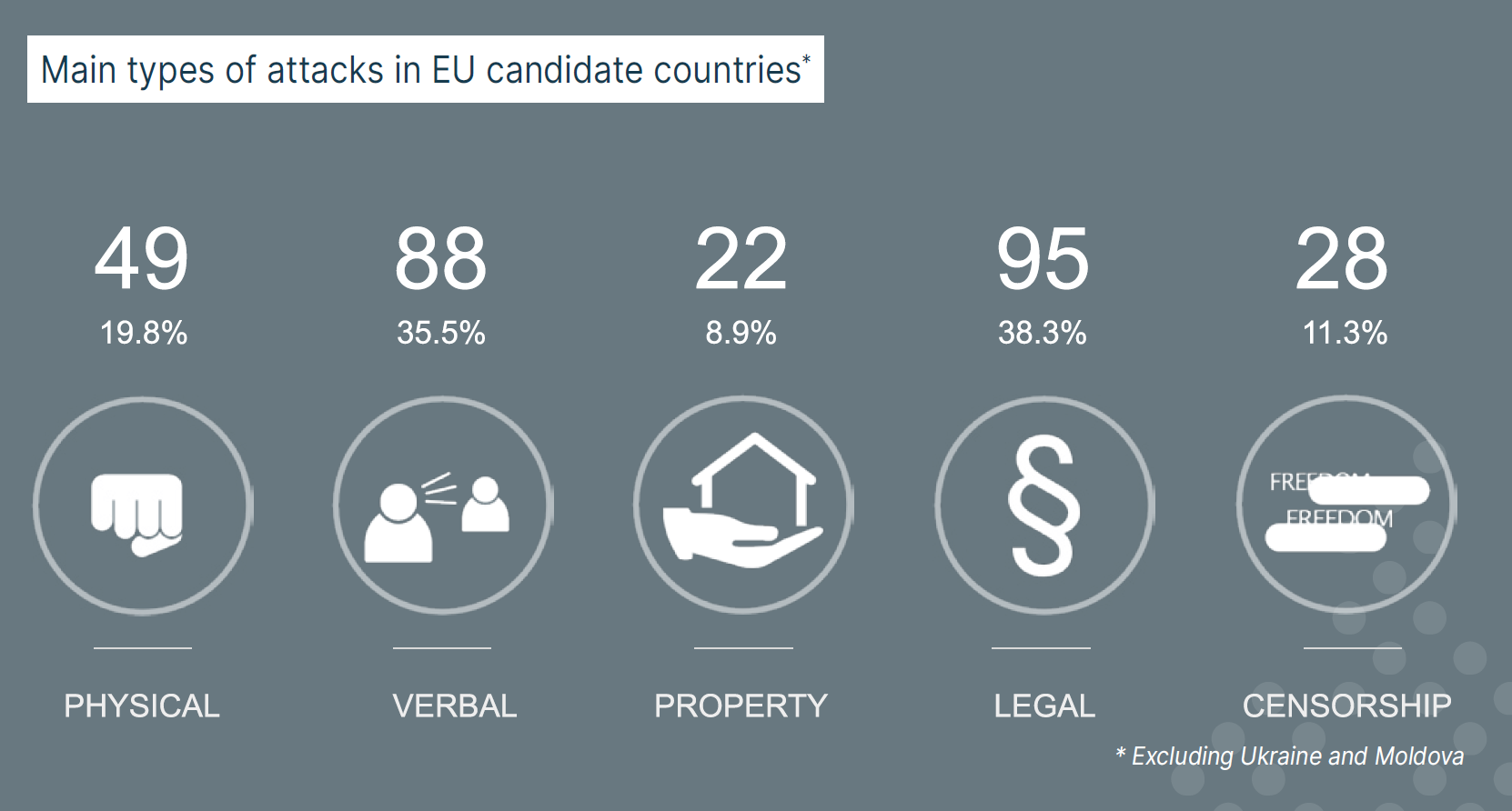
Private individuals were the most frequent perpetrator of media freedom violations in candidate countries (37.8%), followed by public officials (17.1%), and police or state security (11.3%).
Reflecting the high number of legal violations, 25% of attacks in candidate countries took place at court. This is followed by attacks occurring online (18.5%), at demonstrations (16.5%), and in public or on the street (11.7%).
Click the button below to download the full 2022 Monitoring Report, including the thematic analyses and country-specific breakdowns.
This report was coordinated by the Media Freedom Rapid Response (MFRR), a Europe-wide mechanism which tracks, monitors and responds to violations of press and media freedom in EU Member States and candidate countries.

